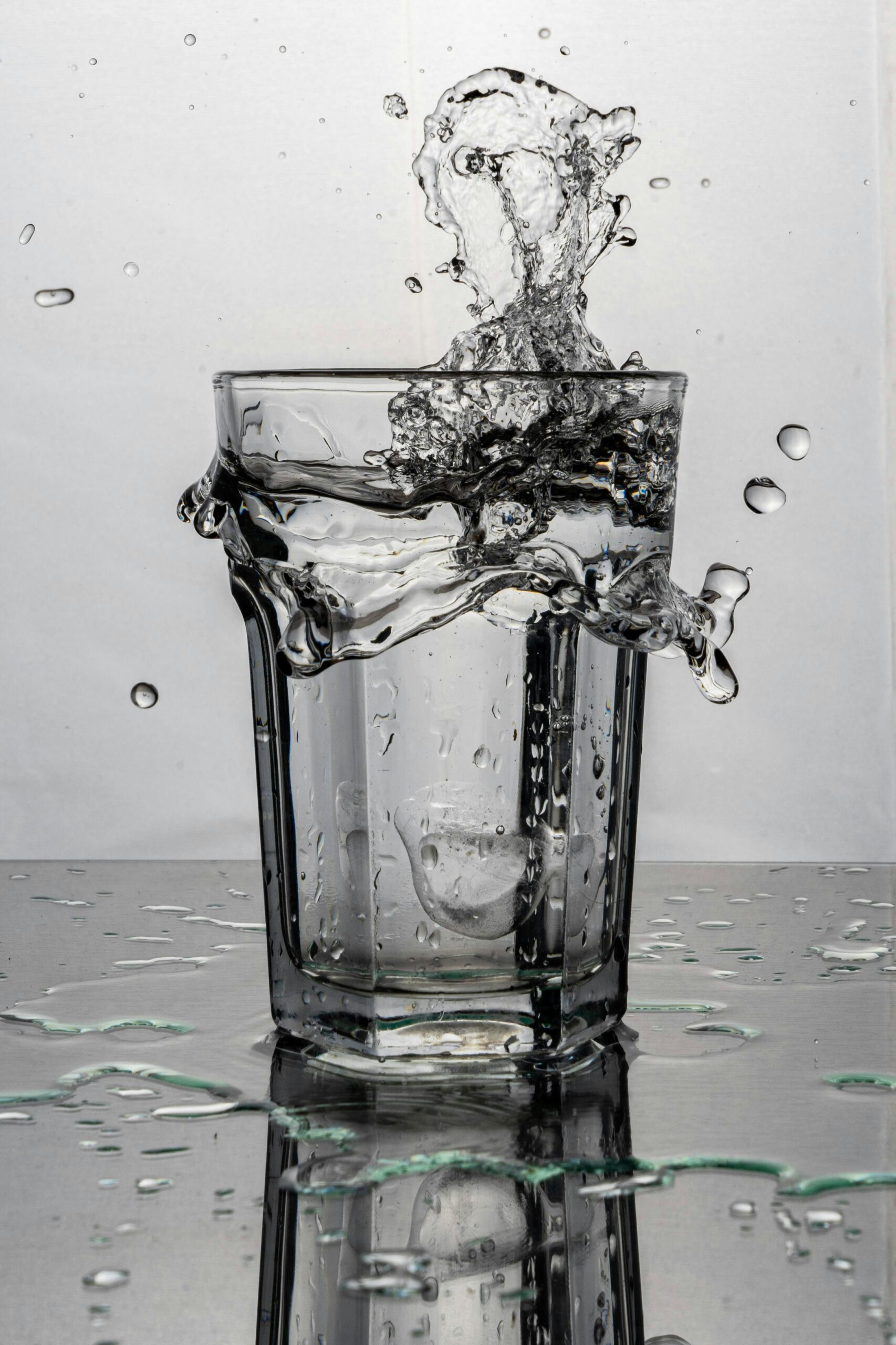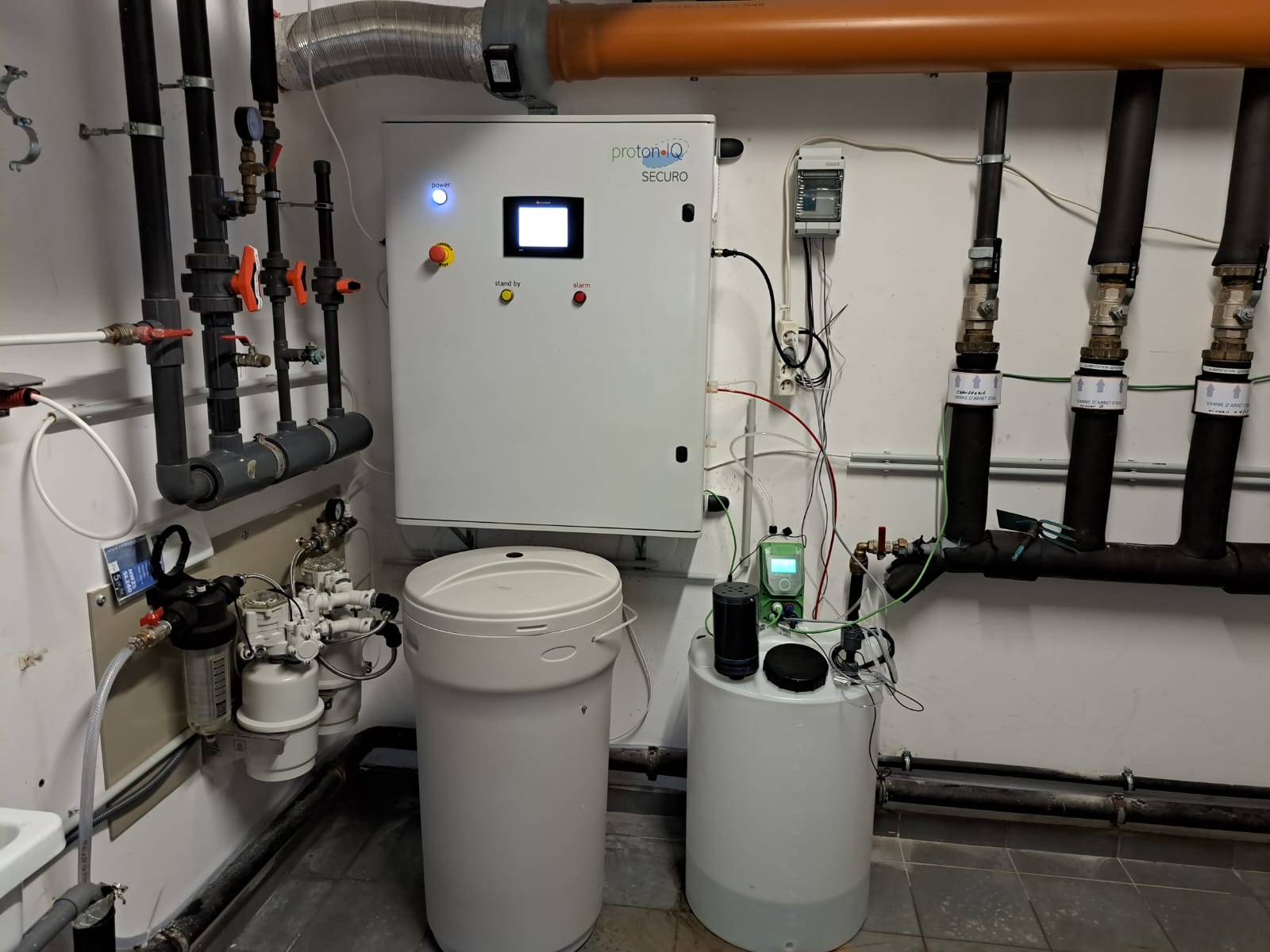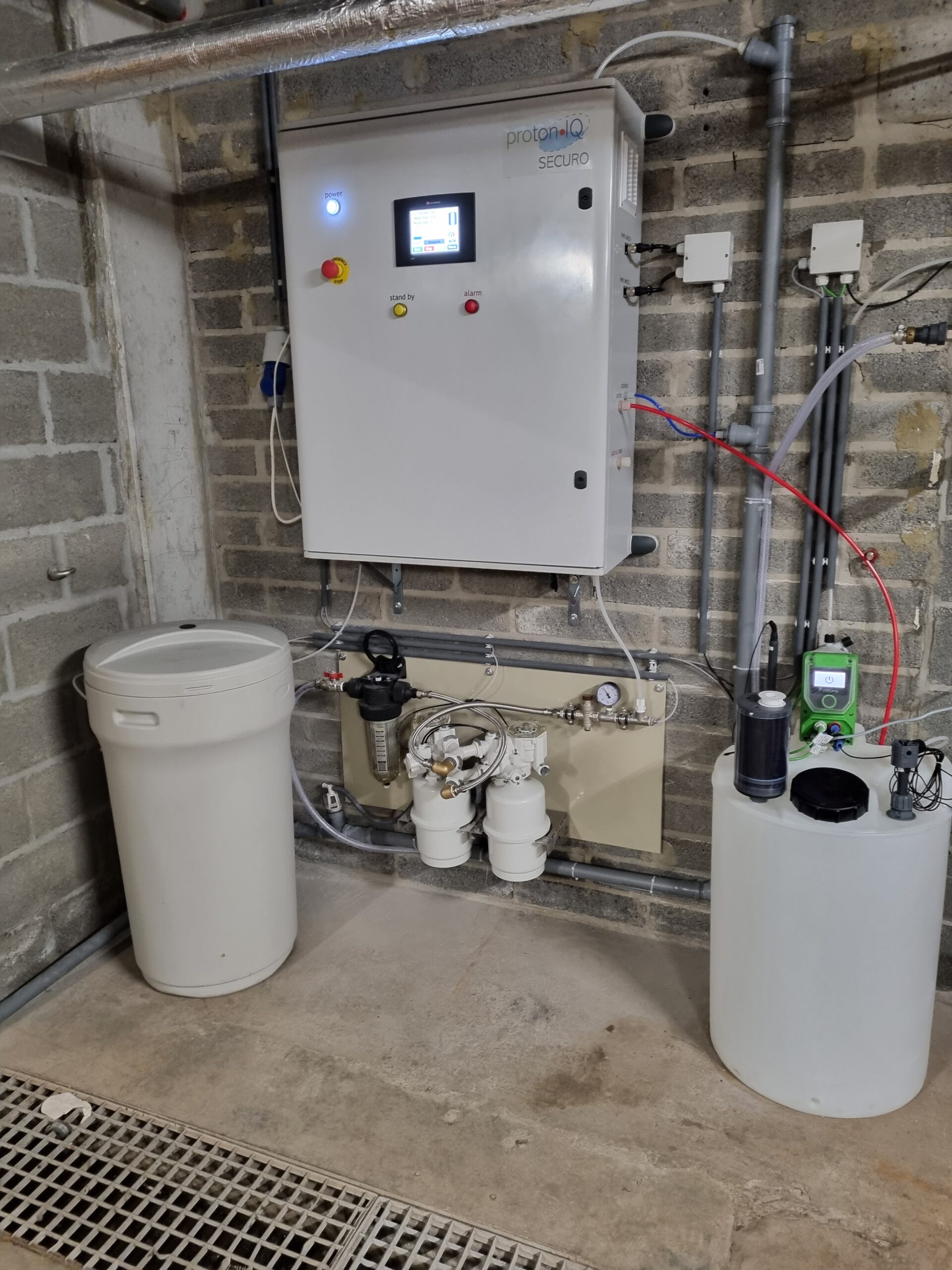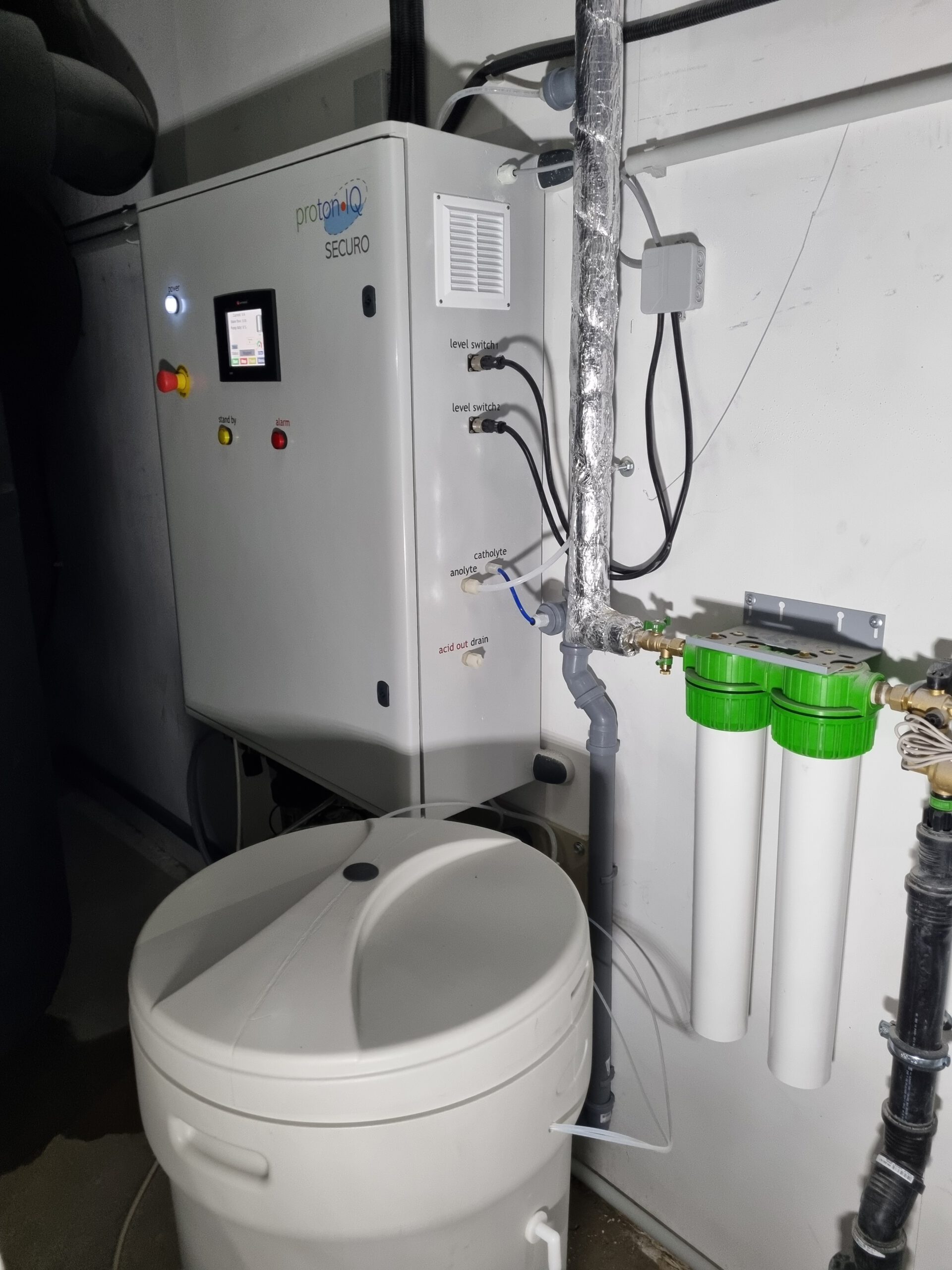Address
Vision Green Solutions GmbH
Am Mittleren Moos 48
86167 Augsburg
Business hours
Mo - Fr: 07 - 19 Uhr

Ensuring Water Quality in Buildings
Drinking Water is often considered a given, flowing cleanly from taps. However, reality can be quite different, especially in large establishments. There are two main reasons why drinking water can become contaminated: it may arrive already polluted at the building, or it can get contaminated within the building itself. This blog focuses on the quality of water within buildings.
In some cases, the source of contaminated water lies with the water suppliers. Despite strict guidelines and standards they must adhere to, pollutants or pathogens can still infiltrate the water supply system due to faulty pipes or inadequate treatment. This poses a serious health threat to users. More on this another time.
Another issue arises when water, though initially clean upon arrival at the building, becomes contaminated within. Old or poorly maintained plumbing systems, biofilm formation, and inadequate flow can introduce germs and pollutants into the drinking water. This risk is particularly heightened in large building complexes such as hospitals, nursing homes, and hotels.
To ensure the safety and quality of drinking water, it is essential to regularly optimize both water treatment by suppliers and internal water distribution within buildings. However, this post primarily focuses on optimizing water hygiene within buildings.
Drinking water can be contaminated by various germs and pathogens, which can cause severe infections. Among the most common threats are Legionella, Pseudomonas, and E. coli. Legionella can survive in water pipes and cause severe pneumonia through inhalation of aerosols, such as those generated during showers. Pseudomonas are often found in moist environments like water pipes and showerheads, known for their resistance to many antibiotics. E. coli enters drinking water through fecal contamination and can cause gastrointestinal illnesses.
Furthermore, biofilms frequently form in water pipes and tanks, proving difficult to remove and serving as a breeding ground for germs. Compliance with drinking water regulations and hygiene standards is therefore essential to ensure safety.
Individuals with weakened immune systems, such as the elderly or hospitalized patients, are particularly vulnerable. For these groups, contact with contaminated water can lead to serious complications. Even hotel guests can be affected, especially in showers, spas, and saunas. No one wants to bring unwelcome guests home after traveling in the form of pathogens.
To avoid these dangers, additional safety measures should be implemented in buildings to protect drinking water from impurities and pathogens. Effective drinking water treatment methods should meet several requirements:
Current standards in drinking water treatment often involve terminal filtration and high upstream temperatures. However, these methods provide only temporary solutions and address symptoms:
When current standards aren't sufficient to ensure worry-free water hygiene in large buildings, new solutions must be found. One solution, for example, continuously treats drinking water with a low dosage of harmless disinfectant. Sounds somewhat familiar, right? Implementing a proton-IQ® SECURO system is the solution. proton-IQ® SECURO is:
That proton-IQ® SECURO truly solves the problems is evidenced by the following examples of successful installations and satisfied customers.
In a nursing home with over 50 residents, a reliable, hygienically secured drinking water supply was necessary. The implementation of proton-IQ® CONNECT ensured compliance with quality parameters and hygienic security of the drinking water system.


A hospital with 300 patient beds required secure disinfection of process water for use in dialysis. proton-IQ® SMART achieved reliable disinfection and compliance with quality parameters.
In a new hotel with 200 rooms, an on-site generation system with dosing for demand-driven disinfection was used. This prevented biofilm buildup in the pipeline system and eliminated harmful microorganisms.

Ensuring the quality of drinking water in buildings is an essential measure to protect health. Innovative technologies like proton-IQ® offer effective and sustainable solutions. Hospitals, nursing homes, and other facilities should integrate modern water treatment technologies, conduct regular checks and adjustments to hygiene measures, and train staff. As technology for drinking water security continues to advance, the importance of water hygiene in medical facilities will only increase. Climate change and rising temperatures will bring new challenges for water quality, requiring innovative solutions.
For those interested in learning more about water quality, feel free to visit DVGW or the Federal Environment Agency .